Hello Pelvic Floor | Emily O’Dea
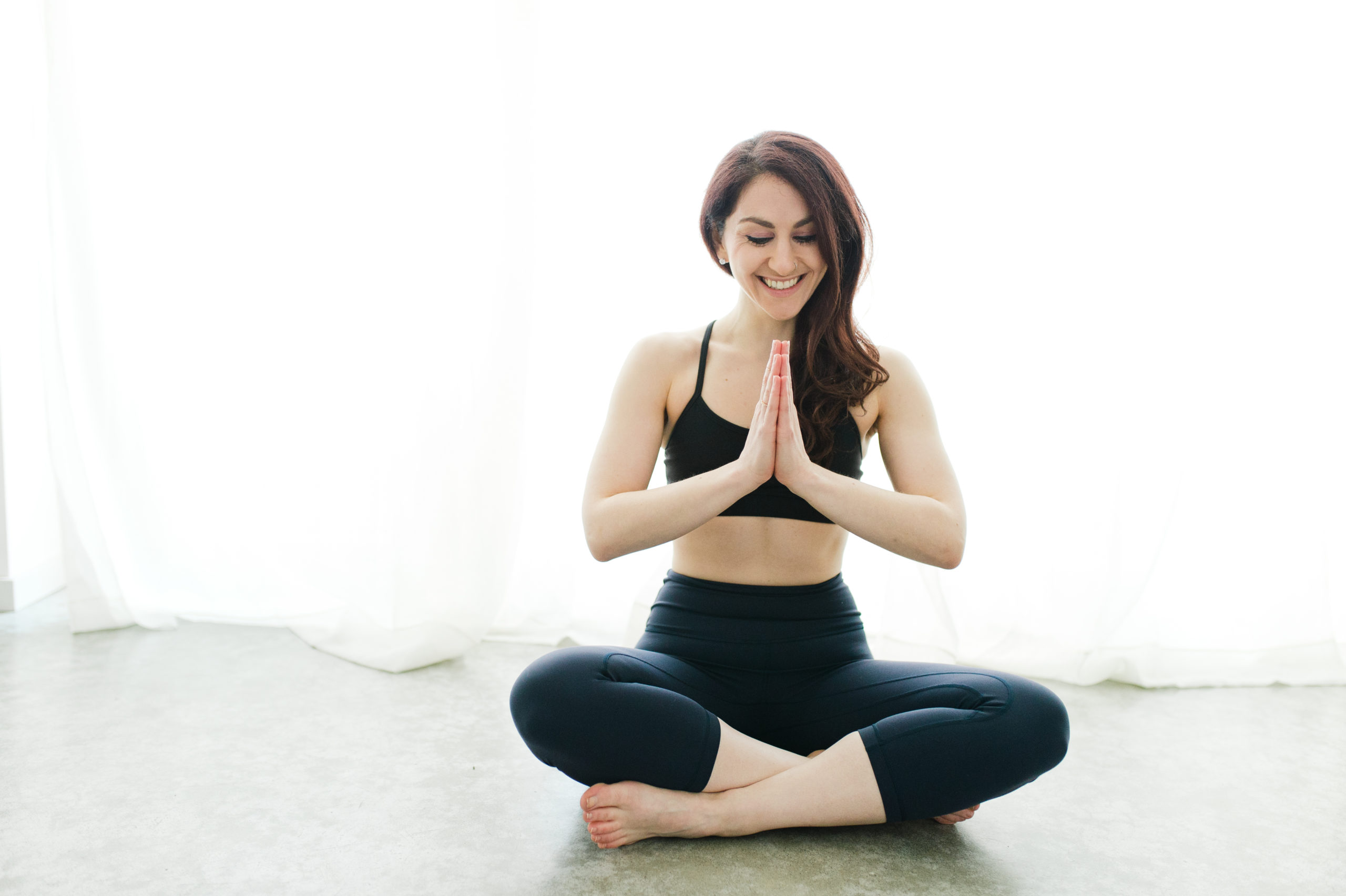
Om Mama Collective member Emily O’Dea of Emily O’Dea Wellness + Longevita shares: Why mindful movement practices are important to maintain, balance, and tone these very important muscles at the base of you.
Om Mama Members can also access a video replay of Emily & Nicole’s (SolFuel Wellness) Meet your Daily Core workshop later this month!
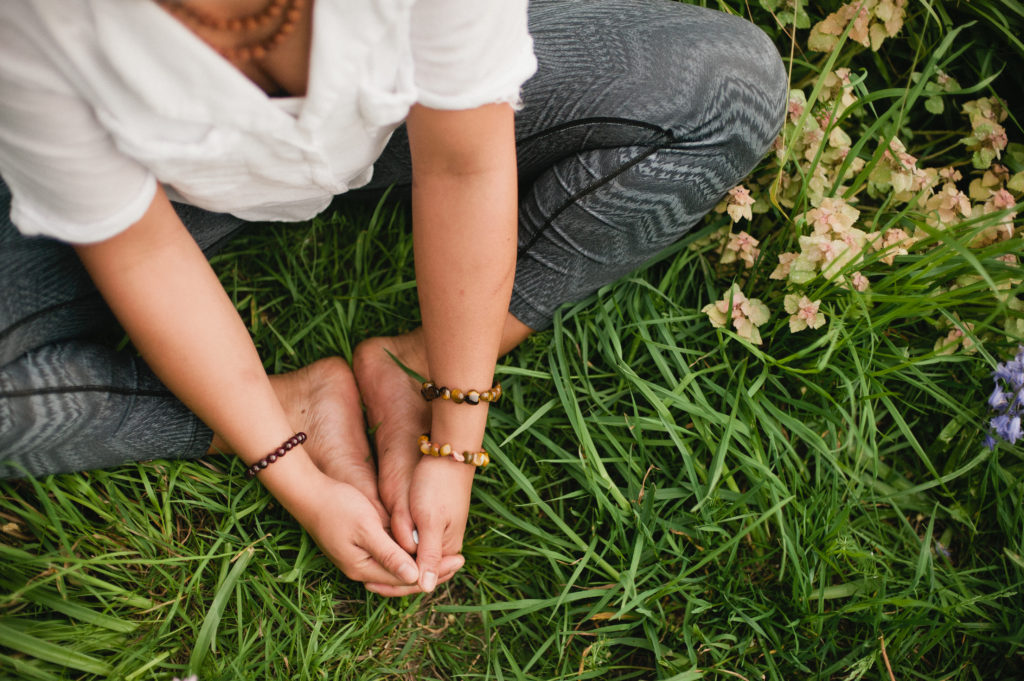
As a yogini, I have been taught about the bandhas, (https://yogainternational.com/article/view/a-beginners-guide-to-bandhas has a great article if you are unsure what the bandhas are in yoga) which was my first education in how to engage and be mindful to Mula-Bandha. Mula- Bandha is the root lock or pelvic floor. As a Pilates practitioner, the pelvic floor is part of our “powerhouse” and inner core work. If I didn’t go down the path of teaching yoga and pilates I don’t think I would have had my eyes opened to matters of the pelvic floor until I had my daughter. Even as a teacher of both modulaties with an awareness of the anatomical and energetic need to nourish these muscles as much as folks are obsessed with their abs, my mind was blown away with the lack of information, and misguided info there is to support these very important muscles.
If they are so important, why don’t they get the attention they deserve? When I googled, “why are the pelvic floor muscles important?” the answer was:
“What do the pelvic floor muscles do? The main functions of the pelvic floor muscles include bladder and bowel control; supporting the growing weight of the fetus during pregnancy; facilitating the birthing process, and working as core muscles to support and stabilize the spine.”
Just like any other muscle in our body, they need to be worked. You won’t be able to see your hard work toning them but, the overall health of your body will. This includes digestion, some types of lower back pain, deep core engagement, and more! One thing I have been astonished to learn is how many folks live with incontinence. That’s right ladies! If you leak after a sneeze, laugh, cough, etc, that my friends is still incontinence. Then there are those that experience pain during sex, this too is something not to normalize.
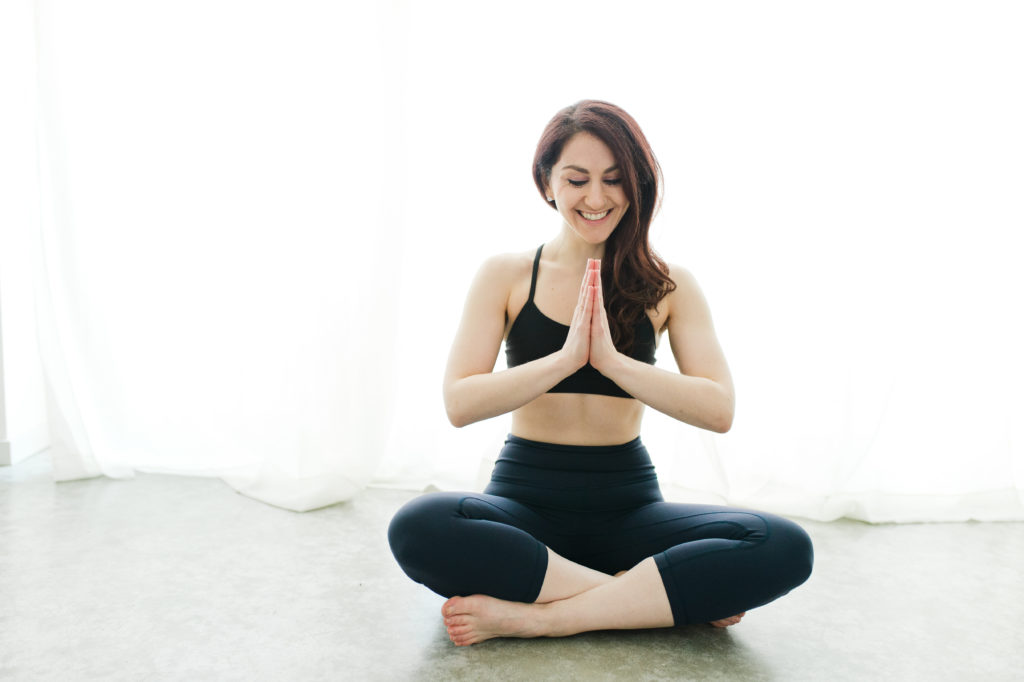
Incontinence rates are surprisingly high! So, if you relate you are by far not alone. One stat is that it effect over 50% of women over age 65. So it’s not just post-baby! Here’s another stat found on Parents.com about post-baby stats: “Even a seemingly uneventful pregnancy and delivery can change urinary control for up to 50 percent of women” and continues:
“Most cases resolve in the first year after birth. However, five years after delivery, one-third to one-half of women report some degree of spritzing; 10 percent to 20 percent of women report having leakage that they consider “socially bothersome.” – https://www.parents.com/pregnancy/my-body/postpartum/urinary-incontinence/
So, I’ll do some Kegels. Well…. that’s not enough, and not the same as pelvic floor work, my friends. But before I get ahead of myself, lets pause. Kegel exercise that’s described in my “Centering Pregnancy” book I received as I saw the wonderful midwives at Kaiser instructs this:
The Kegel exercise works the pelvic floor muscles, also called core muscles. They connect to the muscles that support the low back. These exercises have many benefits: easing back pain, preparing your body for labor, etc. Exercise these muscles whenever you can.
Your legs should be slightly apart- lying down, sitting or standing. Tighten and relax the muscles around your vagina. Do 10-20 repetitions 5 to 10 times each day. To get the feel for these muscles, try tightening while urinating. If you can stop the flow of urine, you’re exercising these muscles. You can do these exercises anytime or anywhere.
Kegels only do so much. And according to professionals, Kegels aren’t done correctly most of the time. After having my baby, I was a little obsessed with stopping the flow of pee. Before baby, no problem. After baby, it proved a challenge. When I saw my internal PT, she recommended stopping that habit because it can actually mess up our reflex! I’ll save that for another post on bladder health which was eye-opening to me!
There are a range of treatment plans. I highly support seeing an internal PT to see if you need corrective movements or more invasive treatment. Some European countries have this as a normal course of action during post-baby check-ins. In my experience, I needed to tell my midwife I’d like to check in with one and she highly encouraged me to, although she didn’t bring it to my attention. I found after seeing an awesome PT that time, ability to listen to my body to slow down (OMG this is the hardest for me) and dedication to pelvic floor exercises any leakage I had resolved itself. Here are some of my favorites mindful movements to keep a mindful eye on recovery:
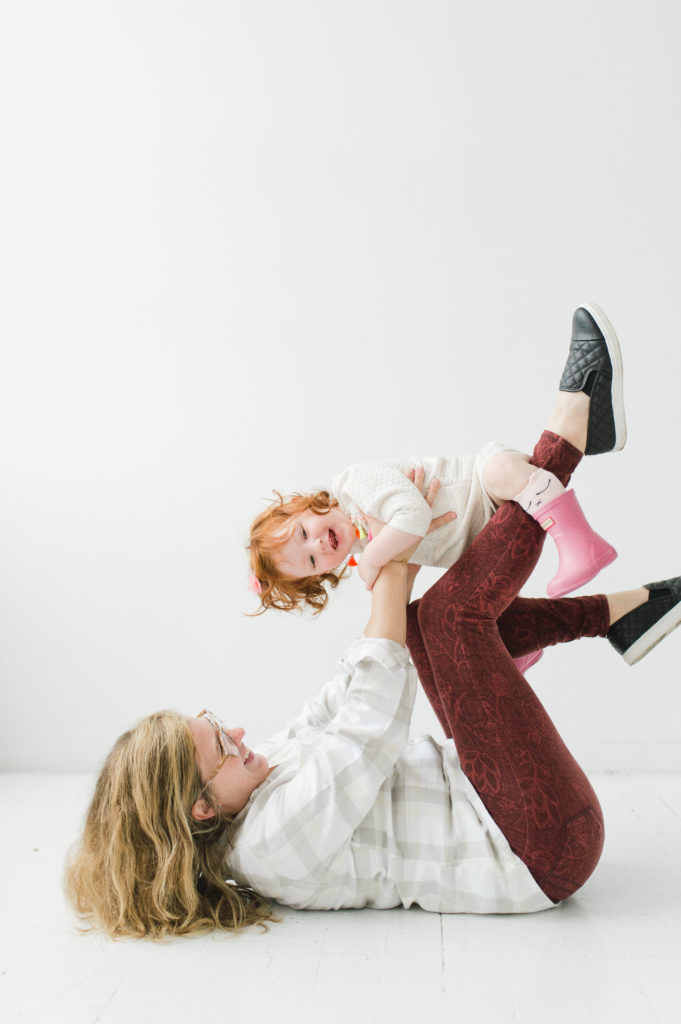
1. Mindful BREATHING
Sit in a quiet corner and breath. Notice on your inhale ribs draw up and out, pelvic floor releases to the earth, and on your exhale ribs draw in and down as pelvic floor lifts. The pelvic floor is a slow-twitch muscle so slowly lower, and lift. This can be down with a normal breath, or with a little bit of effort. It’s also helpful to have a theraband/yoga strap/blanket to wrap around your ribs to feel the expansion on the inhale, and the gathering toward center on the exhale.
2. Bridge Pose
I love utilizing a block in between inner thighs to active this deep facial line from big toe, inner thigh, pelvic floor, and to your transverse muscle. Inhale to rise, exhale squeeze the block, feel that interlacing of the ribs, inhale again as you are on the top of your bridge and then exhale, slowly release down, massaging the spine. Too much? You can do a passive bridge with the block underneath your sacrum. With the pelvis lifted, the pelvic floor will be easier to access for most.
3. Child’s Pose
Child’s pose is another great place to focus on breath, deep inner core muscles, and pelvic floor. It’s also immensely calming, and most folks happy place.
4. Pelvic Tilts
I love this one for my low back! Lay on your back with feet on the floor. Use your exhale to imprint your low back to the floor and on your inhale allow your belly to move towards your thighs. Continue to move with your breath allowing the focus to be on how the breath feels and on those exhales allowing the pelvic floor to raise.
All of these movements are appropriate for pregnancy as well as great tools to have throughout your life.
I want to thank Nicole from SolWellness for partnering up with me this fall for an evening dedicated to this topic! Meet your Daily Core! Nicole and I will also be sharing some everyday life movements and focus to keep you strong, healthy, and pain-free. We will be going in-depth on those inner core muscles, as the Kaiser quote suggested. It’s all connected.
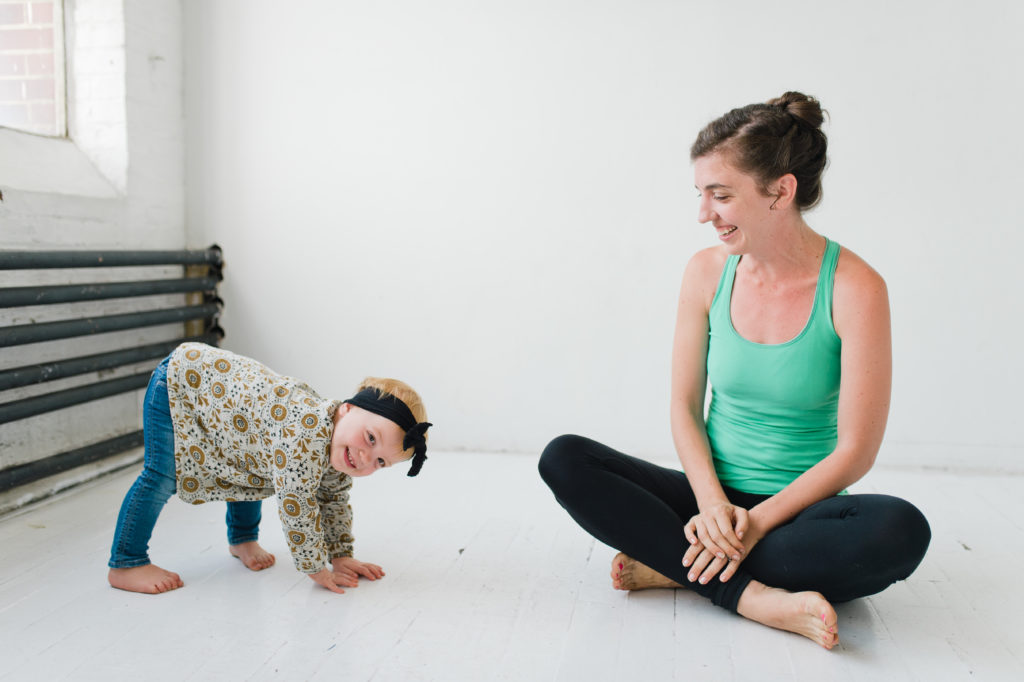
Note: In this blog, I focused on women’s pelvic floor health but, men also have pelvic floors and need to maintain it’s health! 🙂
For more advice on Yoga, Pilates, and Wellness, you can Follow Emily on her WEBSITE or on INSTAGRAM
Leave a Reply